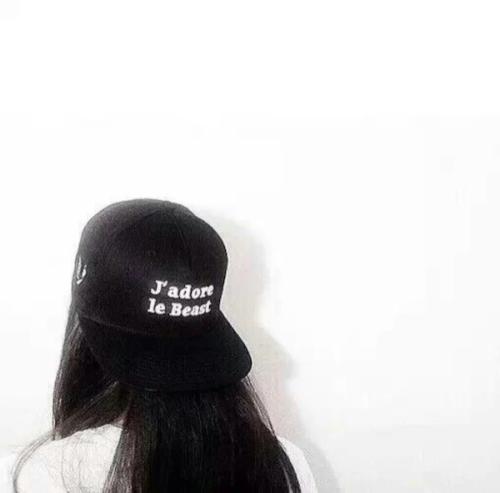各位做食品迁移的同志们,你们是怎么计算表面积的啊,希望大家一起讨论啊
如题 4 回答 · 5 关注共4个回答
-
这要具体问题具体分析,不同形状物品有不同的计算方法,而有的物品的形状可能无法计算的。你具体要计算哪一类物品?
-
食物接触的表面积可按下列方法(Schlegel法)测量:Schlegel method of determining surface areaA.1 PrincipleUnder controlled conditions, the test item is coated with an adhesive and dipped in a fluidisedbed of water-repellent or perfectly dry glass beads of uniform size. The mass of beads adheringto the item is proportional to the surface area of the test item. The relationship between themass of beads and the surface area of the item is determined by applying the test to a standardspecimen of regular shape and known area.A.2 Apparatus and materialsA.2.1 Fluidised bed, bed of glass beads (see A.2.5) with a supply of fluidising air and meansfor heating the income air if water repellent beads are not used. This may be in the formof an electric heating element, near to the bottom of the bed, regulated by a voltagecontrol, which is sufficient to raise the temperature of the fluidised beads to between 50°C and 80 °C.Note: it is not advisable to control bead temperature by means of a thermostatic devicebecause, when the power supply is disconnected from the heating element, the beadscan pick up moisture from air supply.A.2.2 Laboratory balance capable of weighing to an accuracy of ± 2 mg.A.2.3 Hoist for withdrawing the test item from the adhesive at 20 mm/min.A.2.4 Adhesive composed of:Alkyl resin 1 part by massToluene (sulphur free) 1 part by massA.2.5 Glass beads, graded from 200 mm to 250 mm, preferably of water repellent type.Note: Commercially available glass beads nominally graded to these limits maycontain an undesirable proportion outside the limits; normally they should beregraded.A.2.6 Specimens of known area, (at least two) in stainless steel, as follows:a) a cylinder, of approximately 16 mm diameter and 110 mm in length, to indicate themass of glass beads per square centimetre picked up by hollow handles;b) a rectangle, of approximately 100 mm × 30 mm × 1 mm, to indicate the mass ofglass beads per square centimetre picked up by areas other than hollow handles.A.3 ProcedureA.3.1 Ensure that the glass beads (see A.2.5), not of the water-repellent type, are thoroughlydry so that they do not adhere to each other. These beads should be prevented fromreabsorbing moisture from air supply by preheating them in the fluidised bed atbetween 50 °C and 80 °C until no beads will adhere to a clean, dry item of cutlery thatis dipped into them. Usually a drying time of 1 hour is adequate.Note: It has been found that once moisture has been eliminated, the beads will stay drywhile the heating elements remain switched on.Maintain the temperature of the fluidised bed of glass beads at between 50 °C and 80°C until the procedure described in A.3.8 has been reached. If water-repellent beads areused, the bed may be used at ambient temperature for the procedure described in A.3.7.A.3.2 Attach a thin wire hanger to the test specimen with a loop for suspension duringweighing etc.A.3.3 Thoroughly clean the test specimen with methylated spirits.A.3.4 Dip the test specimen in the adhesive (see A.2.4) and withdraw at a rate of 20 mm/minusing the hoist (see A.2.3). Do not allow the test specimen surface to come into contactwith anything until stage A.3.7 is reached.A.3.5 Allow the adhesive to dry for 60 min ± 5 min.A.3.6 Weigh the test specimen to the nearest 2 mg.A.3.7 Immerse and continuously agitate the test specimen in the fluidised bed of glass beadsfor 10 s ± 1 s. During immersion the air flow should be vigorous enough to raisemounds of beads to a height of at least 40 mm above the bed of fluidised beads. Do notimmerse more suspension wire than necessary.A.3.8 Reweigh the test specimen to the nearest 2 mg.A.3.9 Carry out a duplicate test on each test specimen; include at least two specimens ofknown area (see A.2.6) in each batch of specimens tested.A.4 Expression of resultsA.4.1 Method of calculationCalculate the area, A, in square centimetres, of the test specimen using the formula:A =m/QAwhere:m is the mean mass, in grams, of beads adhering to the test specimen;QA is the mean surface mass density, in grams per square centimetre, of beads corresponding tothe mass adhering to the relevant specimen of known area.
-
复杂形状采用近似方便计算的形状来计算。
-
呵呵 先谈谈你是如何计算的 我还没有开始做相关试验 只是看了些资料 你要计算的是哪类样品 说出来大家可以一起讨论.
相关问题
编辑推荐




